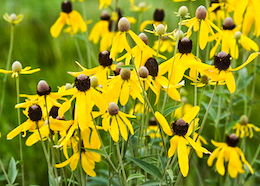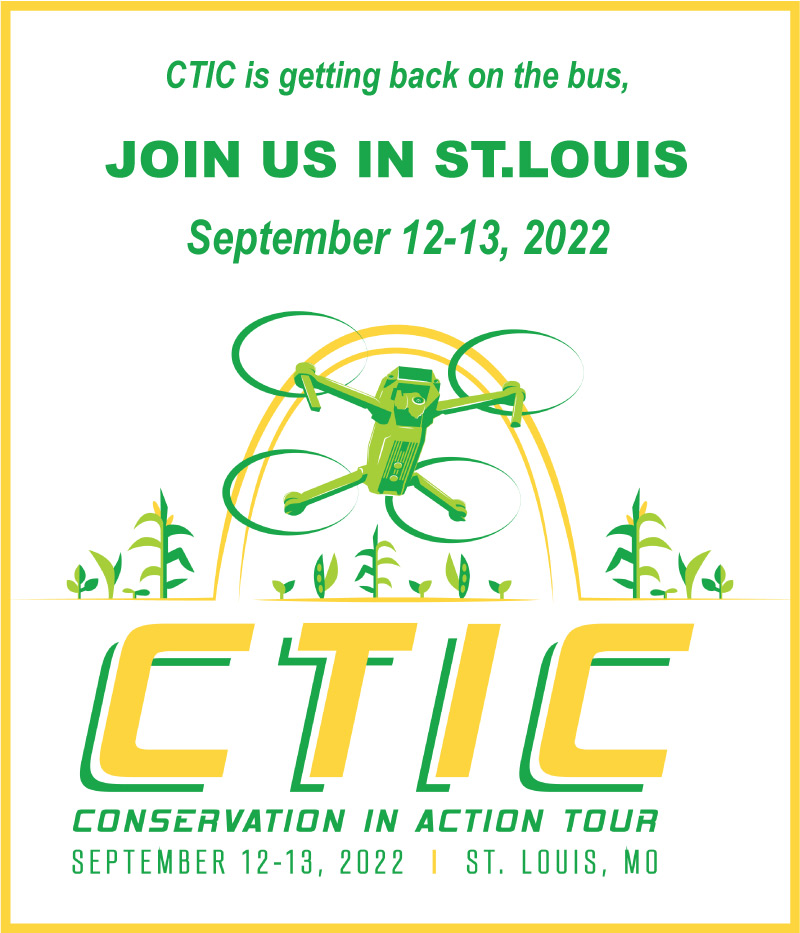BEE FORAGING FACT SHEET RELEASED
|
A fact sheet written by U.S. Geological Survey (USGS) research ecologist Clint Otto used data from the Bee Integrated program, led by the Honey Bee Health Coalition and implemented by CTIC, to help detail which flower species are preferred by bees in the Prairie Pothole region. According to data from 244 sites in Minnesota and the Dakotas studied over five years, the top draws for both honey bees and native bee species include lacy phacelia, blue giant hyssop, stiff goldenrod, purple prairie clover, and wild bergamot. |
|
|
"It's great to see so many of the species included in the Bee and Butterfly Habitat Fund's seed mix show up in the list of preferred plants, since that program helped all of the Bee Integrated farmers in North Dakota establish their habitat," said Mike Smith, CTIC's Bee Integrated project manager. |
 |
|
Building on a successful 3-year pilot program in North Dakota, the Bee Integrated Demonstration Project stands as a model for beekeepers and farmers in other states to coordinate on best practices in pollinator habitat, varroa mite management, and crop pest management that can help improve colony health. Data from six beekeeper/farmer-landowner pairs demonstrated that implementing the best management practices together resulted in:
The Honey Bee Health Coalition and CTIC are pursuing opportunities to expand on the success of the North Dakota pilot with additional farmer/beekeeper pairs throughout the country. For more on the Bee Integrated project, click here. |
|

